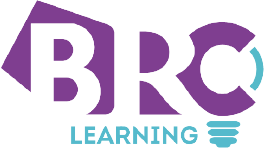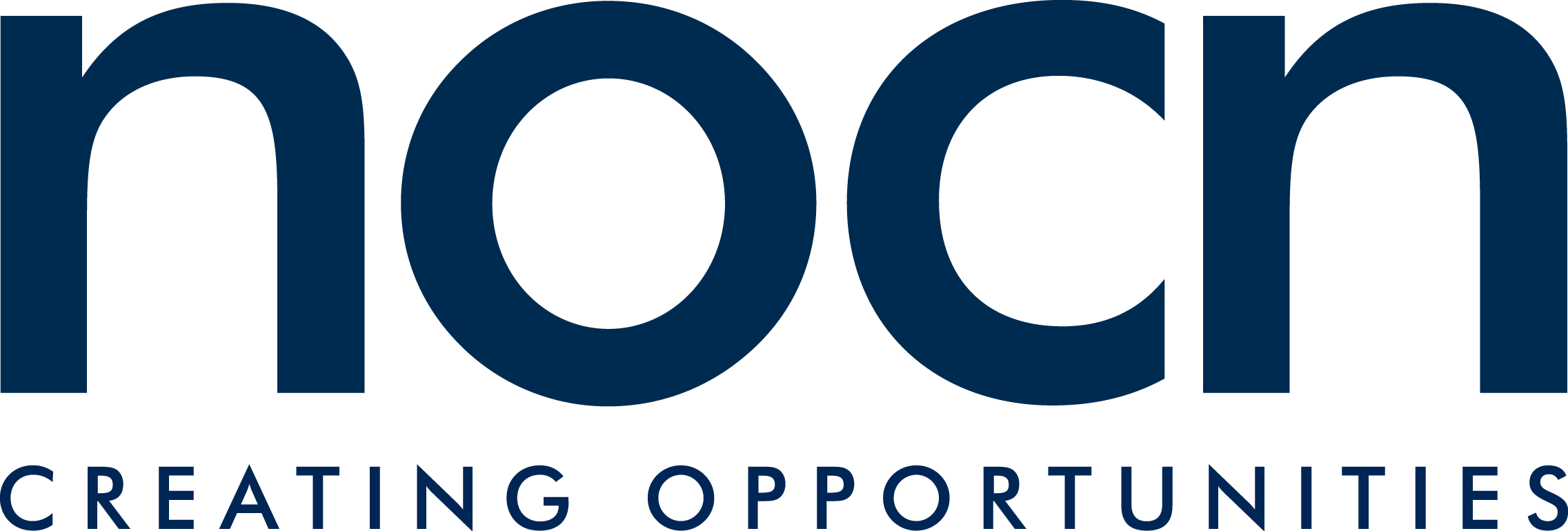E-Learning software
Transform your training offering with xAPI / SCORM compliant online training

What is E-Learning software?
E-Learning software refers to digital platforms and tools designed to facilitate online education and training. It encompasses a wide range of applications, systems, and technologies that enable individuals and organisations to deliver educational content, conduct virtual classes, and manage the learning process in a digital environment. Most systems are fully customisable, allowing training courses to be developed that are totally in sync with learners’ needs.
E-Learning software has become increasingly popular over recent years, particularly in distance education, corporate training, and lifelong learning contexts. It provides flexibility, accessibility, and scalability, allowing learners to access educational content and interact with instructors and peers remotely, at their own pace, and across different devices. Combined with micro-credentials and digital badges, it can provide a complete digital training experience which is perfect for membership organisations and professional bodies.
Tahdah’s e-learning software has been designed for professional membership organisations and professional associations who deliver online learning and CPD programmes for their members, staff and training partners.
This includes sports/leisure associations, chartered institutes, professional membership bodies and trade associations.
E-Learning software typically offers features such as:
- Learning Management Systems (LMS)
- Assessment and Evaluation
- Multimedia Integration
- Mobile Compatibility
- Analytics and Reporting
- Integrations
Over 1.1m training records
Established in 2014, Tahdah is proud to help leading organisations in sports and education with their online learning and training










What our customers say
Relationships with our customers has improved 100X since working with Tahdah. Giving us access to rich data we have never had before.
Tahdah’s flexibility allows members to log or acquire CPD points through official workshops or external events, making it much easier to comply with their conditions of membership.
/Nicola%20Jasieniecka.jpeg)
Need clarification?
Who is e-learning software for?
Tahdah’s e-learning software has been designed for professional membership organisations and professional associations who deliver online learning and CPD programmes for their members, staff and training partners.
This includes sports/leisure associations, chartered institutes, professional membership bodies and trade associations.
What are the benefits of e-learning software?
Some of the many benefits of introducing e-learning software are cost savings, flexibility, accessibility, enhanced learner engagement and the ability to conduct reports and analysis. E-learning systems are also very scalable, so you can build on the foundations and goals you create at the outset.
How does e-learning software engage learners?
E-learning software motivates and inspires learners with its use of interactive content, real life scenarios and gamification. It is also a great way to introduce collaboration between learners. The personalised nature of learning materials is also a big advantage and makes the whole process more tailored for each individual learner.
How can e-learning software be made secure?
As with any software, there are various methods of ensuring the security of your data. These included using password protected logins, incorporating multi-factor authentication and utilising secure data transmission between users and the system. User data will be stored on the system so you will need to make sure that you display a privacy policy outlining how this data will be used.
What other systems can e-learning software integrate with?
If you already have other systems like learning management systems (LMS), customer relationship management (CRM), or human resources management systems (HRMS), then these can often be integrated with your e-learning software. It may even be the case that you won’t need all these separate systems once your e-learning system is in place.